Why the 2021 aero tweaks combined with new tyres could shake up the order next year

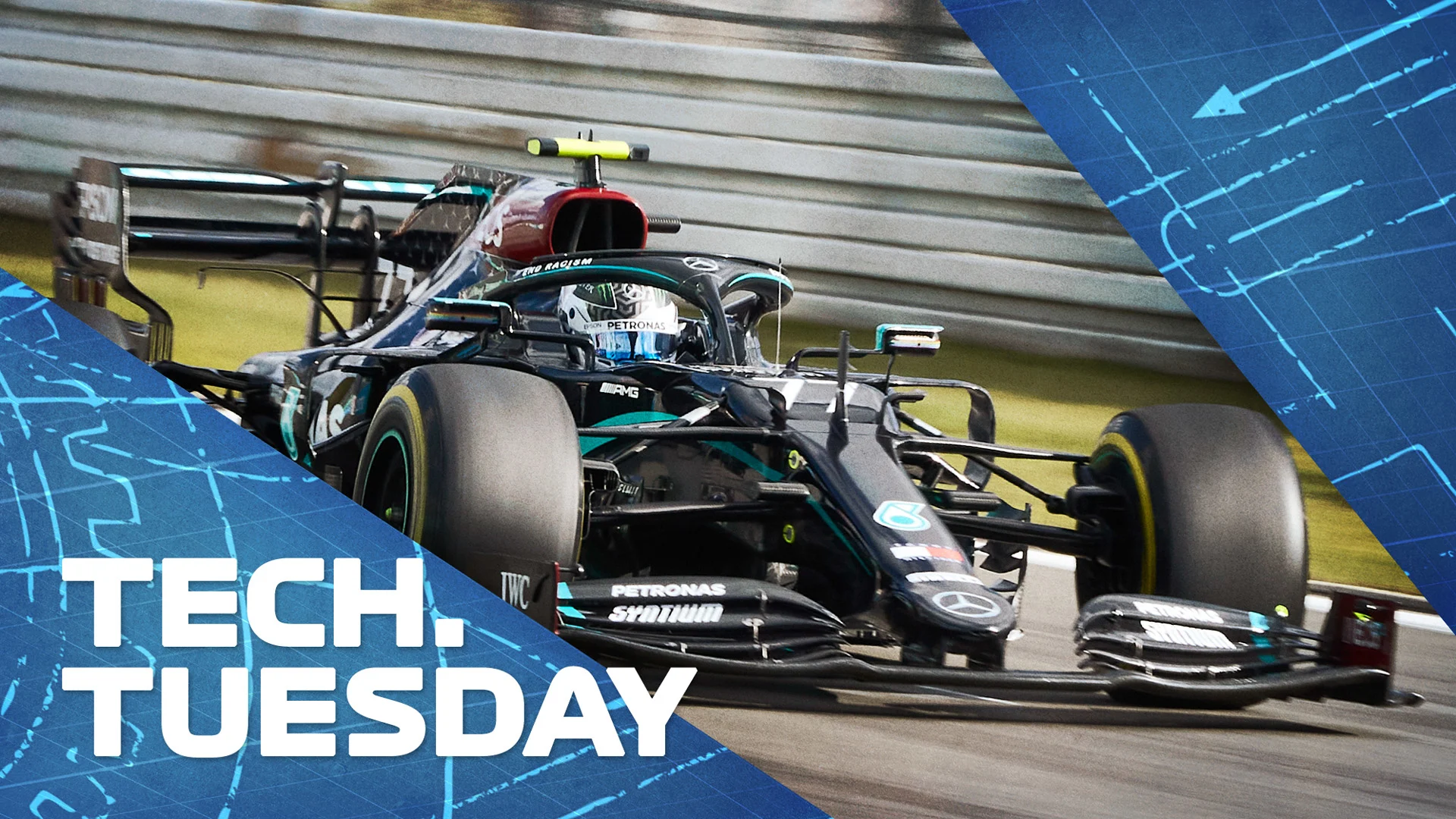
Technically, 2021 is supposed just to be a holding season before the pandemic-delayed, all-new formula of 2022. But two apparently small tweaks to the tyres and aerodynamics of the current cars for next year are introducing a potential volatility into the competitive order, as Mark Hughes explains, with technical illustrations from Giorgio Piola.
The changes of a new tyre construction – which will be trialled during Friday practice in Bahrain this weekend – and the clipping of the floor and associated aero changes are quite small, but their effects may be much bigger.
Teams must retain their existing tubs into next year, but the bodywork can still be developed around that. But it must include the narrower floor without any of the ground effect sealing slots as well as a new limitation upon diffuser strakes and rear brake ducts. This has been legislated to counter the expected increases in downforce from team development in this unanticipated final year of the current formula.
READ MORE: Explained – What exactly are the revised 2021 aero regs?
Simply fitting the unslotted narrower floor and trimming the aero devices as required to a current car would make it legal – but the effect on its competitiveness would be disastrous if there were no accompanying changes made.
Mercedes technical director James Allison gives an idea of the scale of change, explaining, “The change in its raw, un-optimised form, just chopping the things off the car… and our car would go from pole to comfortably last.”
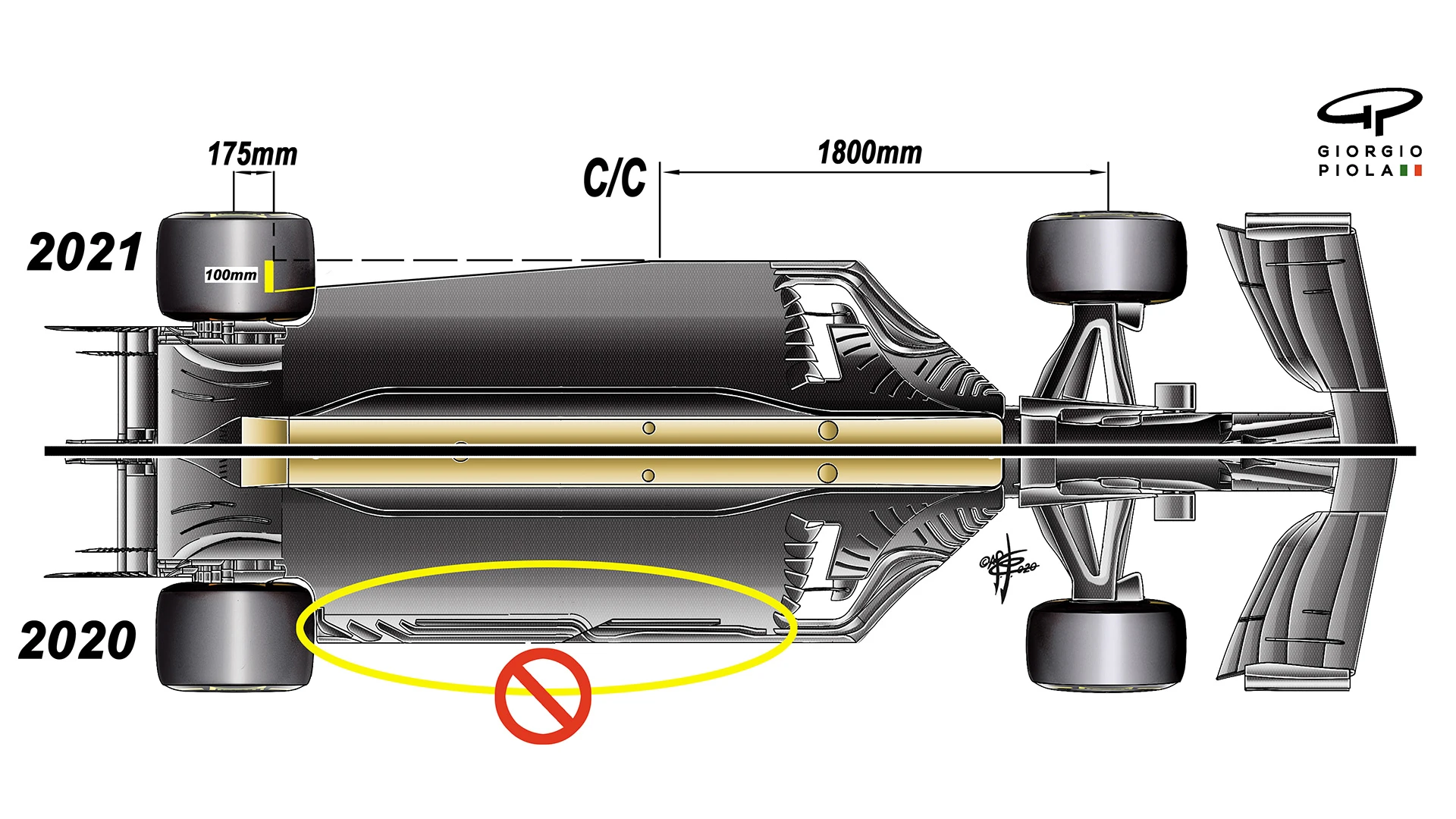
The teams are having to find a new way to optimise the realigned airflow – and that is a major job in itself. But factor into that, the changes in tyre which can have a massive effect on the car aerodynamics. It is for this reason that Pirelli supplies the teams with wind tunnel tyres that replicate the real thing. A new tyre construction will mean new wind tunnel tyres – and the teams have not yet seen these.
Balancing the aerodynamic load between the front and rear axles is a major endeavour of all the teams. It is varied from circuit-to-circuit as required, but is effectively limited to within a range by the car’s design. Getting that balance right in all the different variations of ride height, yaw, pitch and steering angles the car sees is crucial to getting and keeping the tyres in their correct operating window.
READ MORE: How teams like Red Bull and Ferrari are already tackling the 2021 downforce cut
Tougher construction tyres will generally be more difficult to bring into the temperature window, as the core will be more resistant to the bending forces that generate heat in the rubber. The teams manipulate the airflow through the brake ducts and into the wheelrim to transfer heat from the brakes into the tyre (or take it away in hotter conditions).
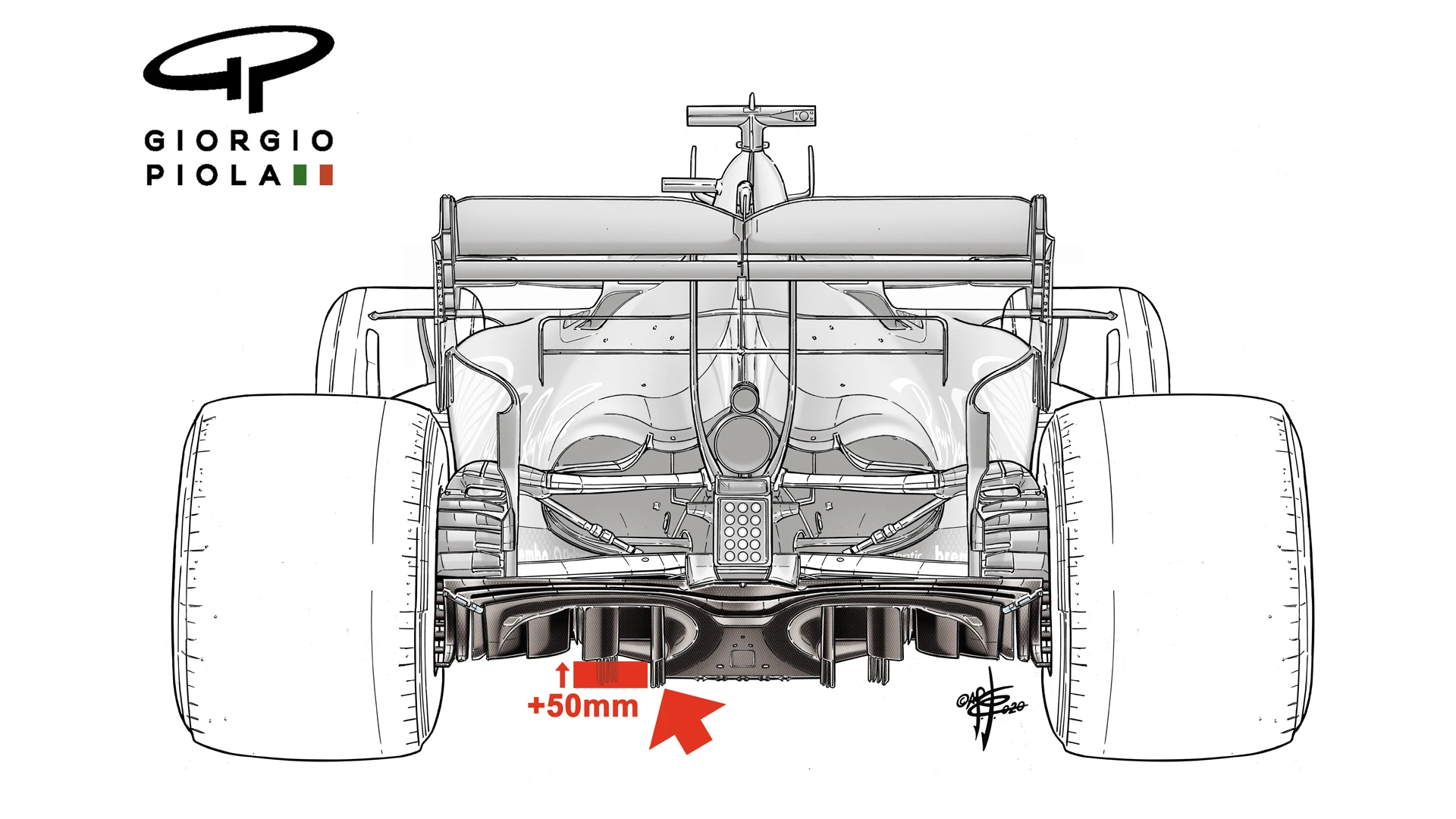
A changed requirement of how much heat to transfer to the tyres is a major project – and the requirement cannot be fully known until the teams have done some running on them. Hence the Bahrain running on the new spec this weekend will be crucially important.
There was a ‘blind test’ of the new spec in Portimao but the compounds were varied and the teams were not told which compounds they had. That test was more for Pirelli’s understanding than that of the teams.
This time, the new tyre will be with the C3 compound, so giving teams a direct comparison to the current-spec C3 that will be used for the rest of the weekend. Teams will be provided with two sets, one of which must be used in FP2. The other set can be used in any practice session. At the Abu Dhabi Grand Prix, the softer C4 version of the new tyre will be tested during Friday.
READ MORE: How much have Red Bull, Racing Point and Ferrari closed the gap to Mercedes in 2020?
A stiffer construction of tyre will tend to deform less under cornering load – and at the rear this has an enormous effect on the airflow around the diffuser and hence how the whole underfloor works. Optimising those flows in an extremely aerodynamically sensitive part of the car is a hugely complex task – and with the limitation of the diffuser vane length and brake duct vanes, the teams have fewer tools with which to manipulate that flow.
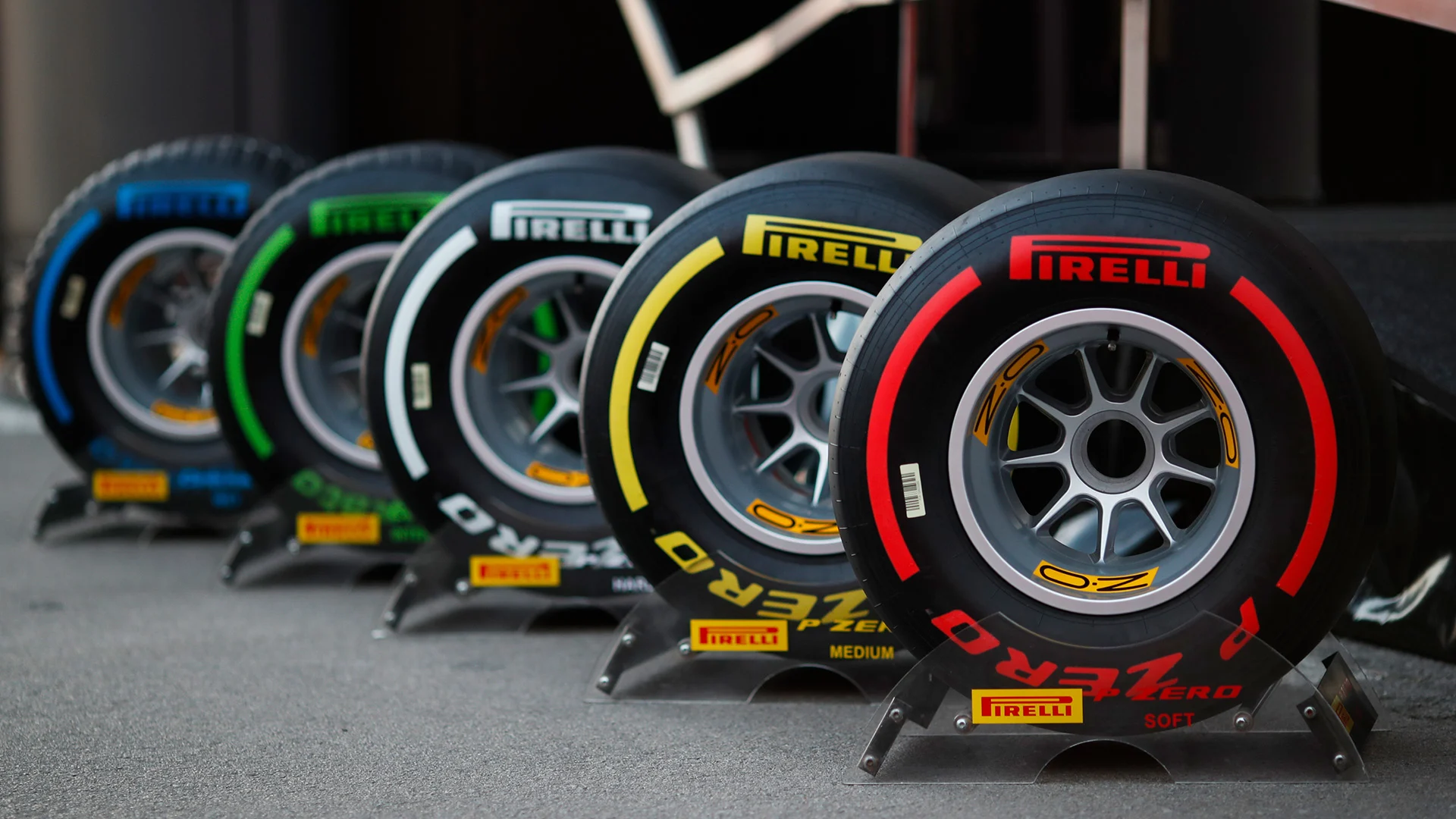
The tyre, the suspension and the aerodynamics work together to get the tyre into the required window – and the effect of not getting it right can be catastrophic. It is why, for example, the Mercedes was recently 5s off the qualifying pace at Istanbul. So changing two of those fundamental variables is not a trivial matter.
“The aerodynamic change is pretty big,” says Allison, “and could easily change a lot of the characteristics that we've taken for granted for the last two seasons.
"So it's quite an anxious time at the moment, making sure that we recover as much downforce as we can from the regulatory wounds that were inflicted on the car just lately, and to scramble as much information out of the next two races as we can on these two tyre tests that we will get to do with the new rubber. And then hopefully be able to glue all those pieces of information back together in time for winter testing next year.”
It’s far from a given that these changes will impact equally on all the cars. In fact history tells us they probably won’t...
TRENDING TOPICS: Ferrari’s resurgence, driver moves, and more talking points ahead of the Bahrain GP
Next Up
Related Articles
.webp) How F1 drivers recharge during the winter break
How F1 drivers recharge during the winter break F1 drivers who bounced back after dropping off the grid
F1 drivers who bounced back after dropping off the grid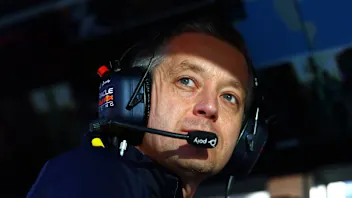 Former Red Bull strategy chief Courtenay starts at McLaren
Former Red Bull strategy chief Courtenay starts at McLaren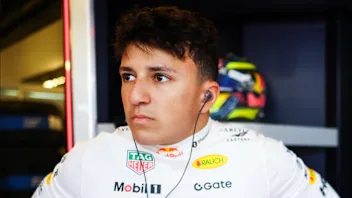 Mekies sets out expectations for Hadjar in 2026
Mekies sets out expectations for Hadjar in 2026 F1 Arcade announces opening date for new Atlanta venue
F1 Arcade announces opening date for new Atlanta venue.webp) Quiz10 questions on McLaren World Champions
Quiz10 questions on McLaren World Champions